Ground shipping is currently paused. Local deliveries throughout Long Island will continue as usual. Pre-orders for fall are now open. Non-local orders will begin shipping again in early September. Click here to learn more.
Ground shipping is currently paused. Local deliveries throughout Long Island will continue as usual. Pre-orders for fall are now open. Non-local orders will begin shipping again in early September. Click here to learn more.
| Size | |
|---|---|
| Common Name | |
| Type | |
| Family | |
| Native? | |
| Zone | 7, 8, 8b, 9 |
| Height Range (ft.) | 10 to 15 |
| Spread (ft.) | 6 to 8 |
| Bloom Time | |
| Bloom Description | flowers, Fragrant, Long, upright clusters, Small, White |
| Sun | |
| Water | |
| Maintenance | |
| Suggested Use | |
| Tolerate | |
| Growth Rate | |
| Attracts |
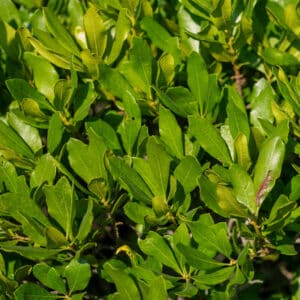
Prunus lusitanica, or Portuguese Laurel, is an elegant evergreen shrub with glossy leaves and red stems, ideal for screening, hedges, and formal plantings.
$170.99
Please note: Sizes 1.5 Gallon and up can’t be shipped outside the counties of Nassau, Suffolk, and Queens.
Learn more about how the process works and how our plants are delivered.
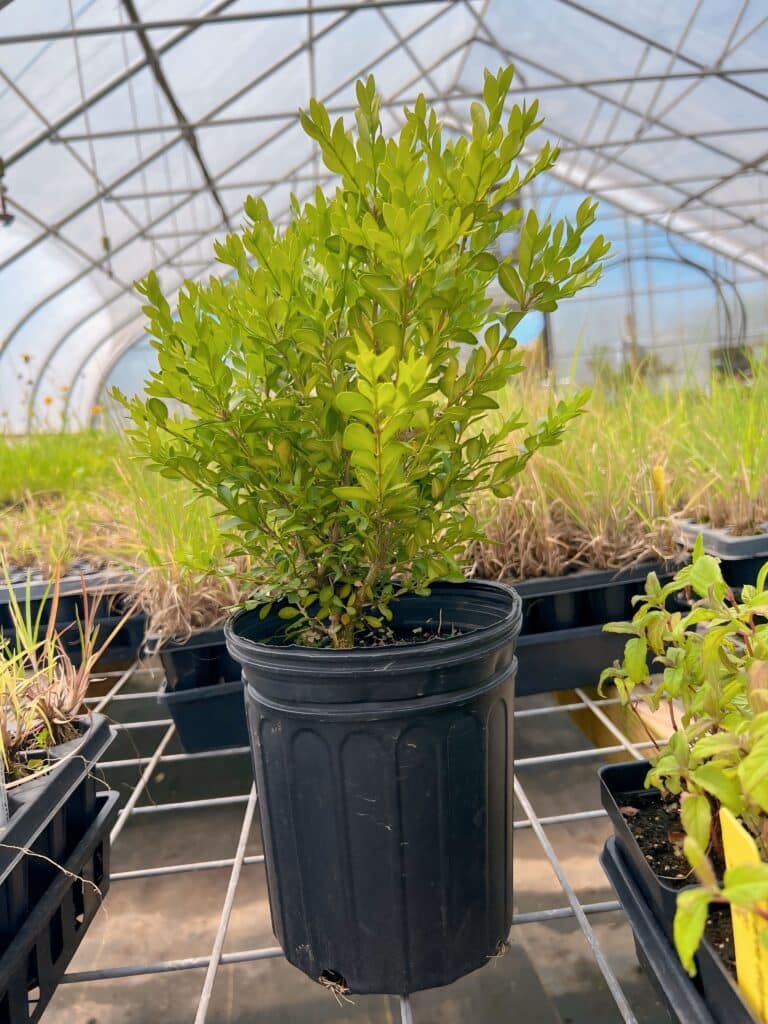

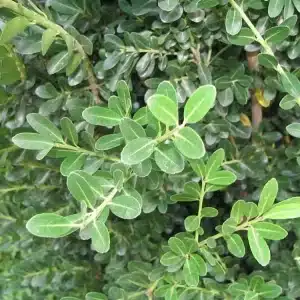
Ground shipping is paused due to summer heat. Only local delivery (Long Island & Queens) is available. Orders placed during the pause will begin processing September 1, and ground shipping will resume September 15.
| Size | |
|---|---|
| Common Name | |
| Type | |
| Family | |
| Native? | |
| Zone | 7, 8, 8b, 9 |
| Height Range (ft.) | 10 to 15 |
| Spread (ft.) | 6 to 8 |
| Bloom Time | |
| Bloom Description | flowers, Fragrant, Long, upright clusters, Small, White |
| Sun | |
| Water | |
| Maintenance | |
| Suggested Use | |
| Tolerate | |
| Growth Rate | |
| Attracts |
Prunus lusitanica, commonly known as Portuguese Laurel, is a broadleaf evergreen shrub or small tree valued for its dark green, glossy foliage, red stems, and fragrant white flower spikes that bloom in early summer. It grows 10 to 20 feet tall and wide, making it ideal for use as a privacy hedge, formal screen, or specimen shrub. Portuguese Laurel is tolerant of shearing, urban pollution, and a wide range of soil types. While it’s elegant and adaptable, it is not native to North America and provides limited ecological benefit to local wildlife.
Elegant appearance: Glossy dark green foliage with striking red stems
Evergreen structure: Provides year-round screening and foundation coverage
Urban tough: Tolerates shearing, compacted soils, and air pollution
Sun exposure: Grows in full sun to part shade
Soil needs: Adapts to most well-drained soils, including clay and loam
Maintenance: Prune to shape or maintain as a hedge in early spring or mid-summer
Privacy hedges: Dense growth makes it ideal for screening and sound barriers
Formal landscapes: Responds well to shaping and structural design
Mixed borders: Adds evergreen structure and contrast in large planting beds
Non-native species: Provides little benefit to native pollinators or wildlife
Low biodiversity value: Best paired with native plants to support local ecosystems
Caution in sensitive areas: Can become invasive in some climates
Looking for native alternatives?
Ilex glabra ‘Compacta’ – Compact Inkberry: A dense, evergreen native holly ideal for hedging and foundation plantings
Ilex glabra ‘Shamrock’ – Shamrock Inkberry: A compact, mounding native evergreen with glossy foliage and strong shade tolerance.
Ilex opaca – American Holly: A tall, pyramidal native holly with dark green foliage and red berries that support winter birds and native insects.
/5
Total reviews
|
|
Persons recommended this product
Anonymous
Shopper
check_circle Verified
Shop owner replied
Was this helpful
Anonymous
Shopper
check_circle Verified
Shop owner replied
Was this helpful
There are no reviews yet.
Be the first to review “ ”
Your feedback helps us improve our service.
Please log in to submit a review.

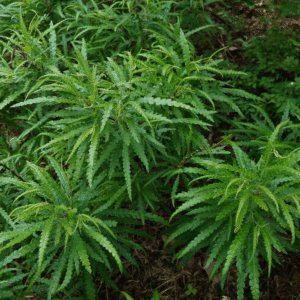
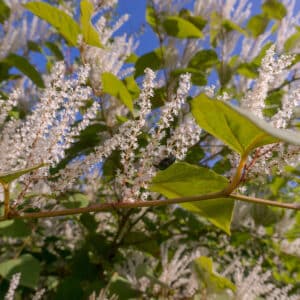
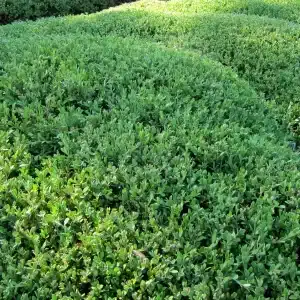
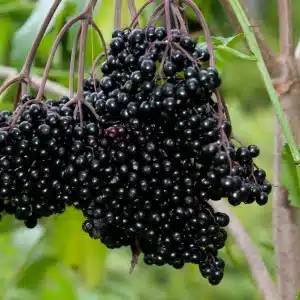
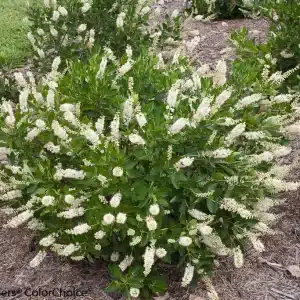
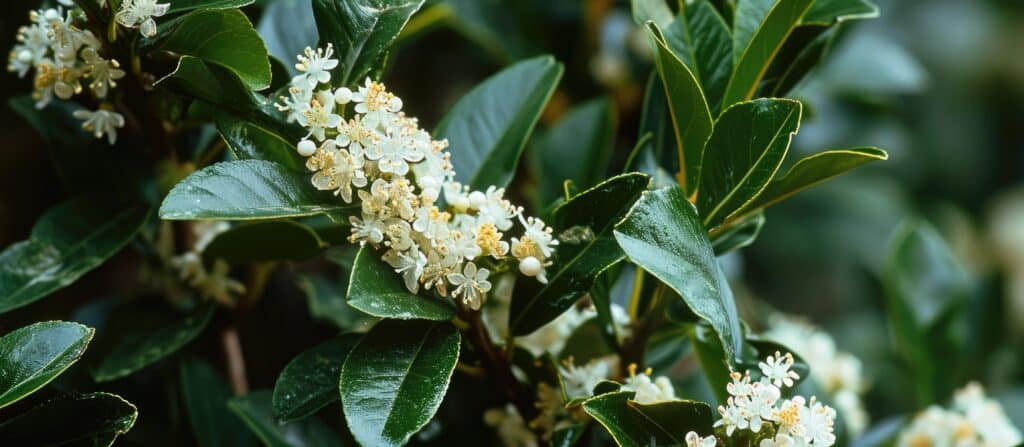
No. Prunus lusitanica is native to southwestern Europe and northwestern Africa, particularly the Iberian Peninsula. It is a non-native ornamental shrub or small tree in the U.S. and does not provide the same ecological benefits as native North American species.
Portuguese Laurel is prized for its dark green, glossy leaves with red stems, creating a refined and elegant appearance. It produces fragrant white flower spikes in late spring to early summer, followed by small black berries. It typically grows 10 to 20 feet tall and wide, and can be clipped into hedges or maintained as a small tree.
Portuguese Laurel thrives in full sun to partial shade and prefers well-drained, fertile soils, though it tolerates clay and drought once established. It is hardy in USDA zones 6 through 9, and works well in formal gardens, privacy screens, and mixed evergreen borders.
Portuguese Laurel flowers are lightly attractive to bees and pollinators, and the berries may be eaten by some birds. However, like other non-native laurels, it does not support native insect larvae and offers limited long-term habitat value.
Yes. Portuguese Laurel is considered deer-resistant, drought-tolerant, and low-maintenance. It takes well to pruning and can be shaped for formal hedges or left to grow naturally. Be aware that, like other laurels, all parts of the plant are toxic if ingested by humans or pets.
Our gift cards make it easy to share the beauty of plants, flowers, and all things green. Whether for a special occasion or just because, give the gift of choice and let them select their favorites to create a garden they’ll cherish.
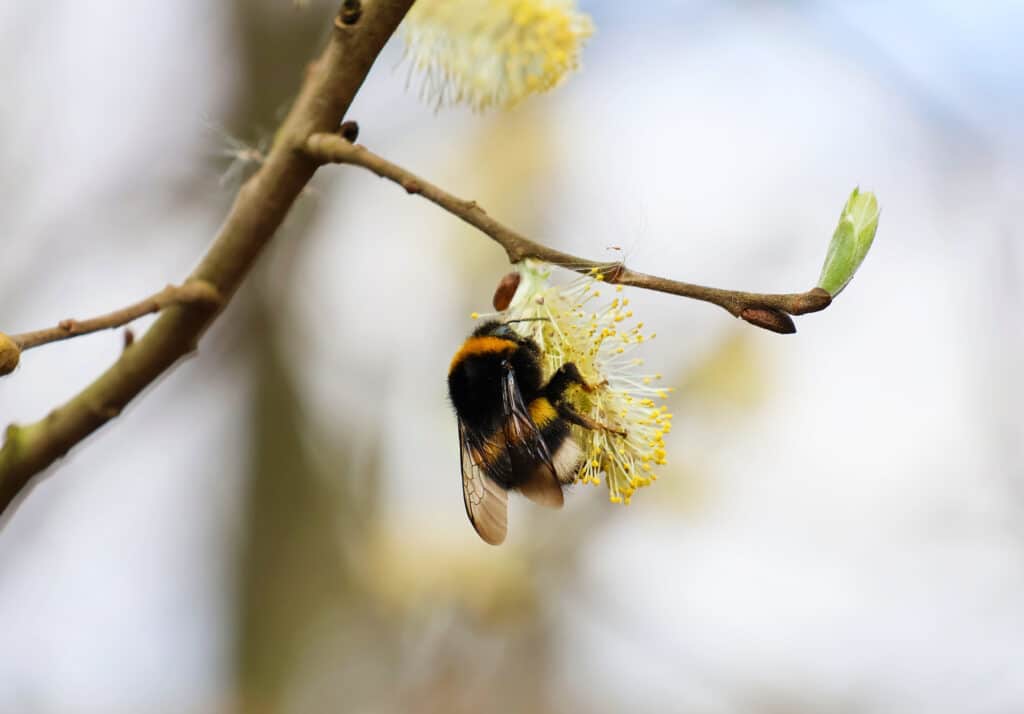
Only Local Delivery Available (Long Island & Queens)
Ground Shipping Paused
To protect our plants from extreme summer heat, we’ve paused nationwide ground shipping to avoid any damage during transit.
Local Delivery Only
We’re still delivering locally to Long Island and Queens, so nearby customers will continue to receive orders as usual.
Fall Pre-Orders Are Open Nationwide!
We will resume normal shipping for non-local orders placed during the pause in early September.
Thank you for your support and understanding—we’re looking forward to growing with you this fall!